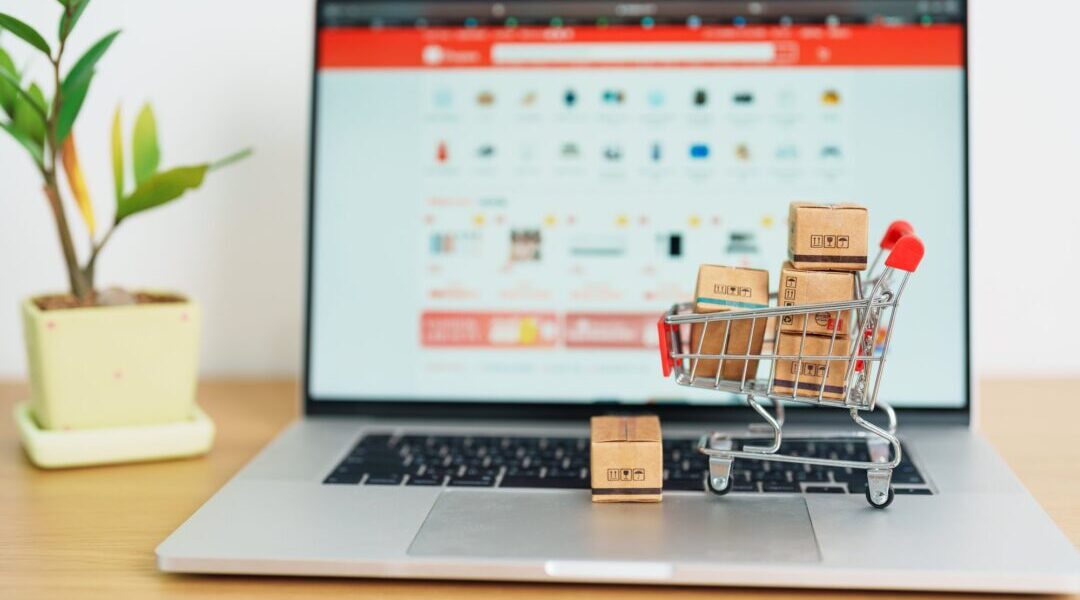When you setup your pricing strategy, are you thinking about the psychology of the customer? It’s not as easy as having low competitive pricing. Rather, many factors play into one’s psyche, from how you advertise your price to how you format that price.
First, do not ask your customers to compare prices to your competitors. It can be perceived as deceiving. Plus, you don’t want your customers to think they could get a better price elsewhere and leave. Keep them involved in your site and remind them of your value proposition… not how low your price is, but what comes with it, the enjoyment of the product, the fast shipping, the great customer service, and more. In the future, when the customer reflects back on the product that was bought, you don’t want the customer thinking about how low of price they got, but rather how engaged that customer was with the product and the memories it made.
Don’t reinvent the wheel! The number nine works! Pricing something at $39 is likely to outsell something at $34. But what if you say “on sale, was $50, now only $35”? That definitely beats out pricing anything with the number nine in it. Customers love to get a great deal. However, you can improve upon that example by combining the number nine in it. “Normally costs $70, now on sale for $55” is beat out by “Normally costs $70, now on sale for $59”. Even though the prior is cheaper, the latter had the highest conversion rate.
Focus on context. People will pay more for products if advertised or delivered in the right context. For example, customers will pay higher prices for a beer at an upscale hotel vs. a rundown grocer. The author of this source article found he could make more money advertising himself as a “content strategist for software startups” vs. a “freelance writer”. So, are you selling a product, or a full-featured solution? Or, even something simple, are you selling a car, or are you selling a race car? This is even considered in advertising costs. Let’s try this example for emphasizing value and increasing conversion rate even amongst the most price conscious shoppers. If an item had a shipping fee, wording it as “a small $5 fee” is a tremendous increase over wording it as “a $5 fee”. That simple addition of one word, “small”, increased conversion, in this example, by 20%! This even applies to annual vs. monthly costs. Does anyone really advertise a service costs $948/year? No, it would be advertised at $79/month. $79 is a lot easier to swallow than $948.
Offer enough price points for your consumers as well. Let’s take Coke as an example. If you walk into a convenience store and were thirsty, if all that was offered was a 2 liter bottle of Coke, you may not buy it. It may be too expensive for what you want at the moment, or too much. But if the 2 liter was offered with a 16 oz. bottle, you will hit those looking for a smaller price point with a smaller product offered. You can then add a 12 oz. can. That will pick up even more customers at that price and value point, but still give the range of options for those who want more. Likely, the 16 oz. bottle will be your best seller. Don’t overdo it though. If you offer too many price points, your revenue will decrease and your costs will rise. Be mindful of what customers are looking for.
Lastly, keep prices simple. This one is my favorite one because it’s the most odd. Research shows that prices will less syllables spoken seemed drastically higher to customers. For example, say these three out loud:
1) $1,499.00
2) $1,499
3) $1499
It’s all the same price, but somehow when listed like the third, conversion is increased. It feels less expensive, though it really isn’t. Just reading the price off in their heads make customers think the first is higher than the third. I know it may sound crazy, but the research shows it works. Therefore, avoid unnecessary additions to your price listing.



